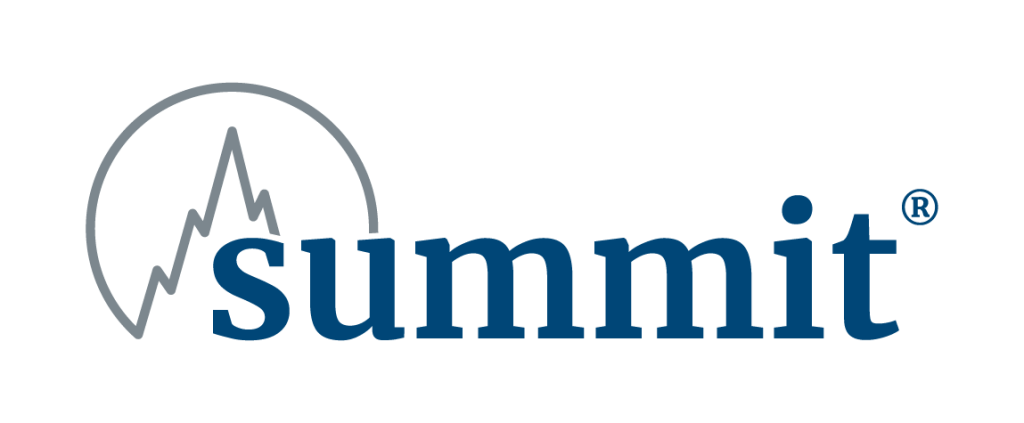
SAFETY TOPICS
Respiratory Protection for Employees
One of the greatest hazards your employees may face at work crosses dozens of industries, can impact whole teams at once and is sometimes completely invisible. We’re talking about poor quality air. Health care workers may be exposed to airborne illnesses, firefighters face smoke inhalation, and miners can encounter a broad assortment of toxins in the air. Even a freshly painted office building can create airborne dangers. No matter your industry, making sure your employees have clean, safe air to breathe could be the most vital part of your safety plan. Here are five basic steps to get you started.

1. Identify hazards
While airborne hazards impact nearly every business sector, the specific dangers, of course, vary to a staggering degree. You’ll need to pinpoint exactly what air contaminants your employees may encounter. Sometimes they’re obvious, like viral transmission in hospitals, for example. In other cases, though, you may need an expert to conduct air quality testing to find out, at a chemical level, what toxins circulate in your workplace. This report should include an assessment of the concentration level of contaminants and a description of the exposure potential for your employees.
2. Create controls
The Centers for Disease Control calls this important process the hierarchy of controls,1 and it involves five lines of defense, with decreasing levels of effectiveness. For example, if a certain manufacturing step creates a toxic gas, you could implement these five levels of control to reduce the risk to your employees. The first and most effective control is elimination, which in this case might mean skipping the manufacturing step altogether. While most effective, this option is often the least doable.
The second control is substitution. In our manufacturing example, you might be able to substitute a different material to decrease the threat level of any gasses that are created. The third option is to create an engineered control. This might include adding air filtration systems in the area where toxic gasses are likely to be produced. The fourth control option is an administrative control. This refers to rules you set for your employees and should always include adequate training about the risk. In our manufacturing example, it may also include rules limiting the time employees are allowed in the contaminated area.
The last line of defense in the hierarchy of control is personal protective equipment (PPE). For airborne risks, that usually involves some sort of mask or respirator.
3. Choose the right respirator
Once you know what’s in your air and how much of it you’ll need to eliminate, you can begin to choose appropriate protection measures for your employees. In general, respiratory PPE falls into two categories. First are air-purifying respirators. These include any devices that use filters, cartridges, or canisters to remove dangerous contaminants from the air before your employees breathe them in. You’ll need to ensure the device you choose is correct for both the specific toxin and the level of contamination your employees are likely to encounter.
The second type of respiratory PPE are atmosphere-supplying respirators. These devices don’t allow your employee to breathe the local area air at all. Instead, air is supplied from a separate source, like a wearable tank or a line to a source outside the area. These devices are typically used in situations where the air quality is either impossible fully purify, or it cannot be predicted prior to exposure.1
No matter the type, respirators should always come with an assigned protection factor. This tells you the level of protection you can expect to receive from that respirator. Your loss prevention consultant can help you determine whether a respirator meets the needs of your employees.
4. Implement a respiratory protection program
Choosing the right equipment is ineffective unless you build systems around its use. If your employees use respirators, you should create a formal respiratory protection program. This a written set of policies and procedures and should include requirements, such as employee training, medical evaluations, proper fit, and other related topics. Fit testing is one of the most essential features for any tight-fitting respirator. Ideally, each employee will have access to try several sizes and models of respirators, to ensure they are fitted appropriately. They should also know how to use, clean and maintain their respirators. Employees should undergo refresher training at least annually, and anytime a hazard or respirator changes.
5. Ask for help
If you aren’t sure how to complete any of the above steps, please reach out to us. We can guide you during this process or help you find qualified resources for your needs. Loss prevention services are always included with your Summit-managed workers’ compensation policy.
Additional resources
The information above, and much more, can be found at the following helpful sites.
https://www.osha.gov/respiratory-protection
https://www.cdc.gov/niosh/topics/hierarchy/default.html
https://www.osha.gov/safety-management/hazard-Identification
Online safety training videos
Our policyholders and agents have access to an extensive library of safety training videos on our website, covering this topic and many others. To access videos, you’ll need a username and password. You can request these credentials by emailing [email protected]. (Videos provided through JER HR Group LLC, dba Training Network, a Summit vendor.)
Footnotes
Disclaimer
The information presented in this publication is intended to provide guidance and is not intended as a legal interpretation of any federal, state or local laws, rules or regulations applicable to your business. The loss prevention information provided is intended only to assist policyholders of Summit managed insurers in the management of potential loss producing conditions involving their premises and/or operations based on generally accepted safe practices. In providing such information, Summit Consulting LLC does not warrant that all potential hazards or conditions have been evaluated or can be controlled. It is not intended as an offer to write insurance for such conditions or exposures. The liability of Summit Consulting LLC and its managed insurers is limited to the terms, limits and conditions of the insurance policies underwritten by any of them.

